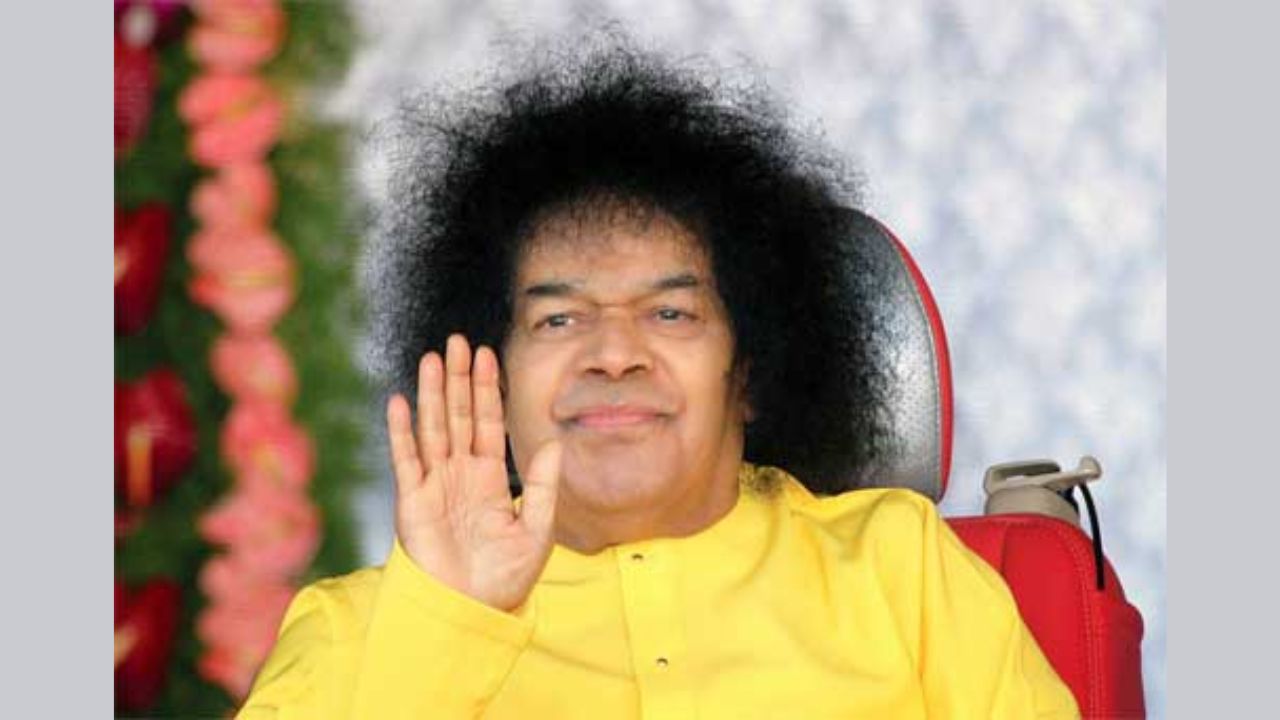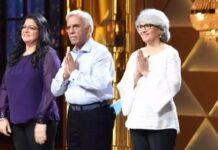Sathya Sai Baba Biography: Sathya Sai Baba (born Ratnakaram Sathyanarayana Raju; 23 November 1926 – 24 April 2011) was an Indian guru. At fourteen, he claimed to be the reincarnation of Shirdi Sai Baba and abandoned his home to serve his devotees.
The devotees of Sai Baba attributed to him miracles such as the materialisation of Vibhuti (holy ash) and other minor objects such as rings, necklaces, and watches, as well as reports of miraculous healings, resurrections, clairvoyance, bilocation, and he was omnipotent and omniscient. Some individuals have concluded that his actions were based on sleight of hand or other non-supernatural explanations, while his followers consider them to be proof of his divinity.
Sathya Sai Baba Biography
Early years
The vast majority of what is known about Sathya Sai Baba’s early life is derived from the hagiography that built up around him. Narratives that hold special significance to his devotees and are regarded by them as proof of his divine nature. According to these sources, Sathyanarayana Raju was born on 23 November 1926 to Telugu-speaking parents, Meesaraganda Easwaramma and Peddavenkama Raju Ratnakaram, in the village of Puttaparthi in the Madras Presidency of British India (present-day Andhra Pradesh, India). His mother, Easwaramma, claimed that his conception was a miracle. He was the fourth of his parents’ five offspring.
Elder brother Ratnakaram Seshama Raju (1911–1985), elder sisters Venkamma (1918–1993) and Parvathamma (1920–1998), and junior brother Janakiramaiah (1931–2003) were Sathya Sai Baba’s siblings.
As a child, Sathya was described as “unusually intelligent” and charitable. But not necessarily academically inclined, as his pursuits were more spiritual. He was exceptionally gifted in devotional music, dance, and theatre. He allegedly had the ability to materialise objects such as food and candies out of thin air.
Career
Sathya Sai Baba began disseminating divine wisdom to the masses and acquired a devoted following shortly thereafter. A temple was constructed near the village of Puttaparthi in 1944 to accommodate the increasing number of Sai Baba devotees.
In 1948, he began supervising the construction of Prashanthi Nilayam, the ashram that would serve as his primary location. Sathya Sai Baba was the chief engineer and architect who oversaw the entire project’s construction. The ashram was inaugurated on his 24th birthday, November 23, 1950. Over the years, he gained widespread recognition for his miraculous healing abilities and philanthropic endeavours. In 1954, he established a modest free general hospital for the poor in the village of Puttaparthi.
He founded The Sri Sathya Sai Organisation “to enable its members to engage in service as a means of spiritual advancement.” In India, the “Sri Sathya Sai Seva Samithi” established the first Sai Centres.
He established three primary mandirs or spiritual centres: “Dharmakshetra” or “Sathyam” in 1968 in Mumbai, “Shivam” in 1973 in Hyderabad, and “Sundaram” in 1981 in Chennai. In 1981, Sathya Sai Baba established Sri Sathya Sai University. The university offers free instruction on three campuses: Ananthapur (for women), Prasanthi Nilayam (for men), and Brindavan (on the periphery of Bangalore, for men).
He established a network of free hospitals, one of which is Sri Sathya Sai General Hospital in Bangalore. Which offers free complex surgery, food, and medication. In addition, he founded a number of general hospitals, two speciality hospitals, eye hospitals, and mobile pharmacies. His organisation also conducts medical programmes in India’s rural and slum areas.
Despite his philanthropic and spiritual endeavours, he was a controversial figure. He was accused of sleight of hand, sexual abuse, money laundering, fraud in the execution of service initiatives, and murder.
Works
In the 1960s, Sathya Sai Baba established the Sri Sathya Sai Organisation. Numerous hospitals, educational institutions, ashrams, and drinking water supply initiatives were created. Even years after his passing, the organization’s over 1,200 Sathya Sai Centres (branches) in 126 countries continue to serve humanity.
Dina Merrill Biography: Age, Birthday, Early Life, Career, Assets, Death, Net worth
Personal History
In 2003, he fractured his hip in a rare accident and began using a wheelchair in 2004. During his senior years, he made fewer public appearances.
Sathya Sai Baba passed away on April 24, 2011, following nearly a month of hospitalisation for respiratory issues. On April 27, 2011, he was interred with full state honours in the presence of prominent figures such as the then-prime minister of India, Manmohan Singh. The then-chief minister of Gujarat, Narendra Modi, cricketer Sachin Tendulkar, etc.
Sathya Sai Baba’s Death
Sathya Sai Baba, a prominent Indian spiritual leader, passed away on April 24, 2011, at the age of 84. He was a well-known figure in India and around the world and was revered by millions of followers who considered him to be a divine incarnation.




